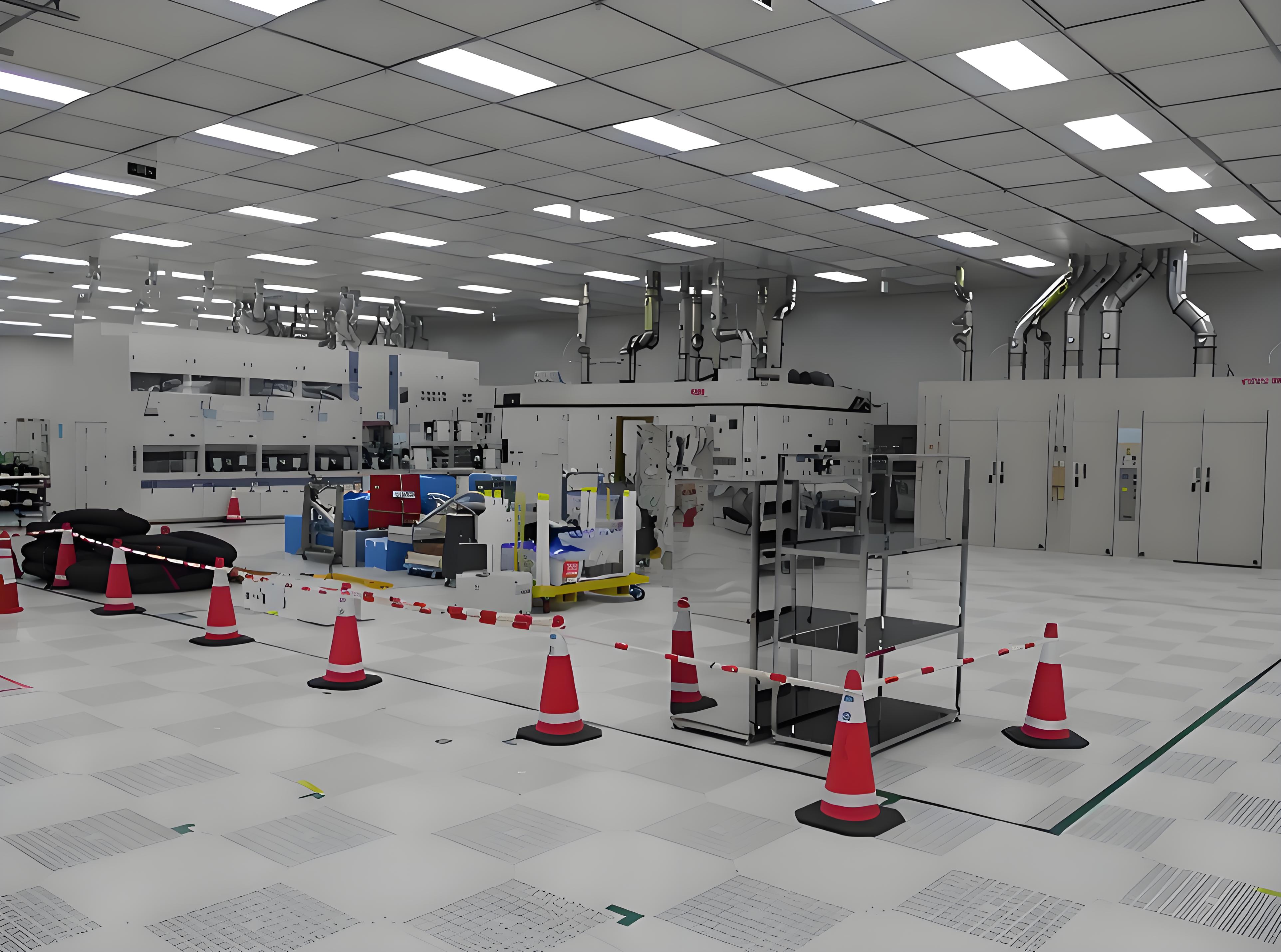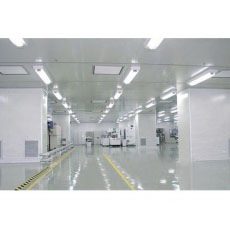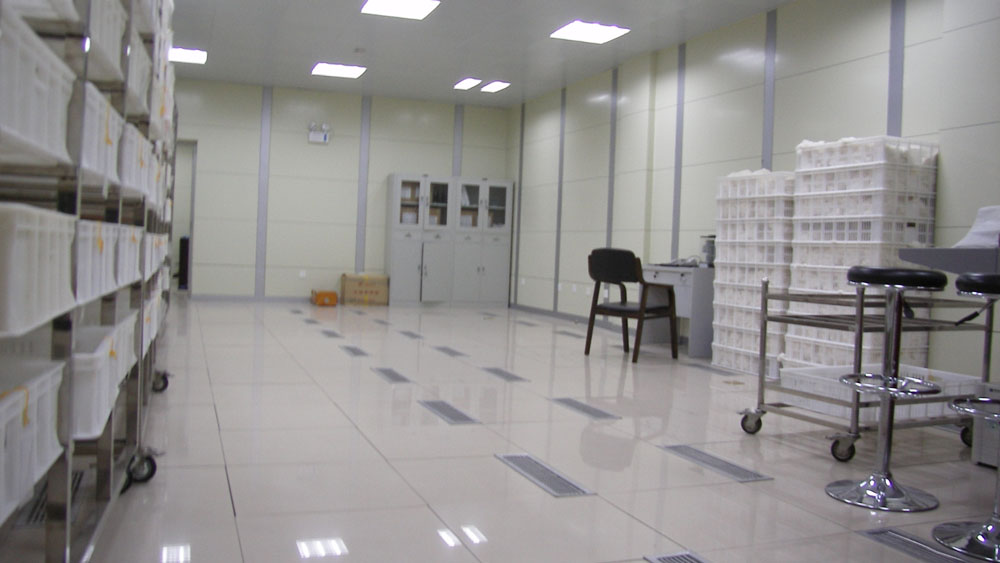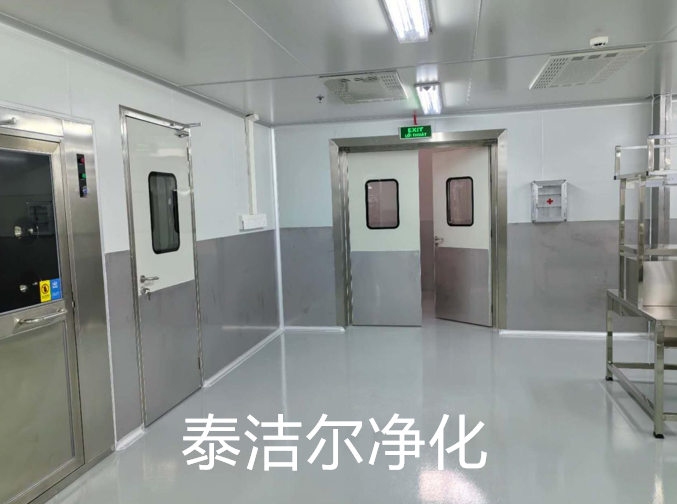
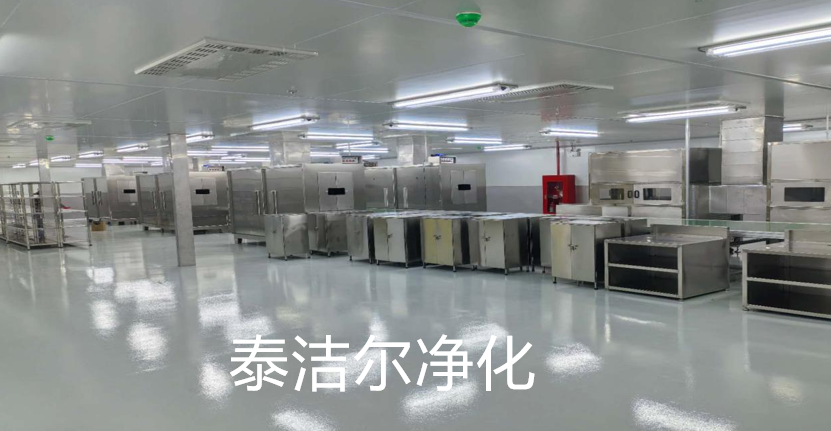
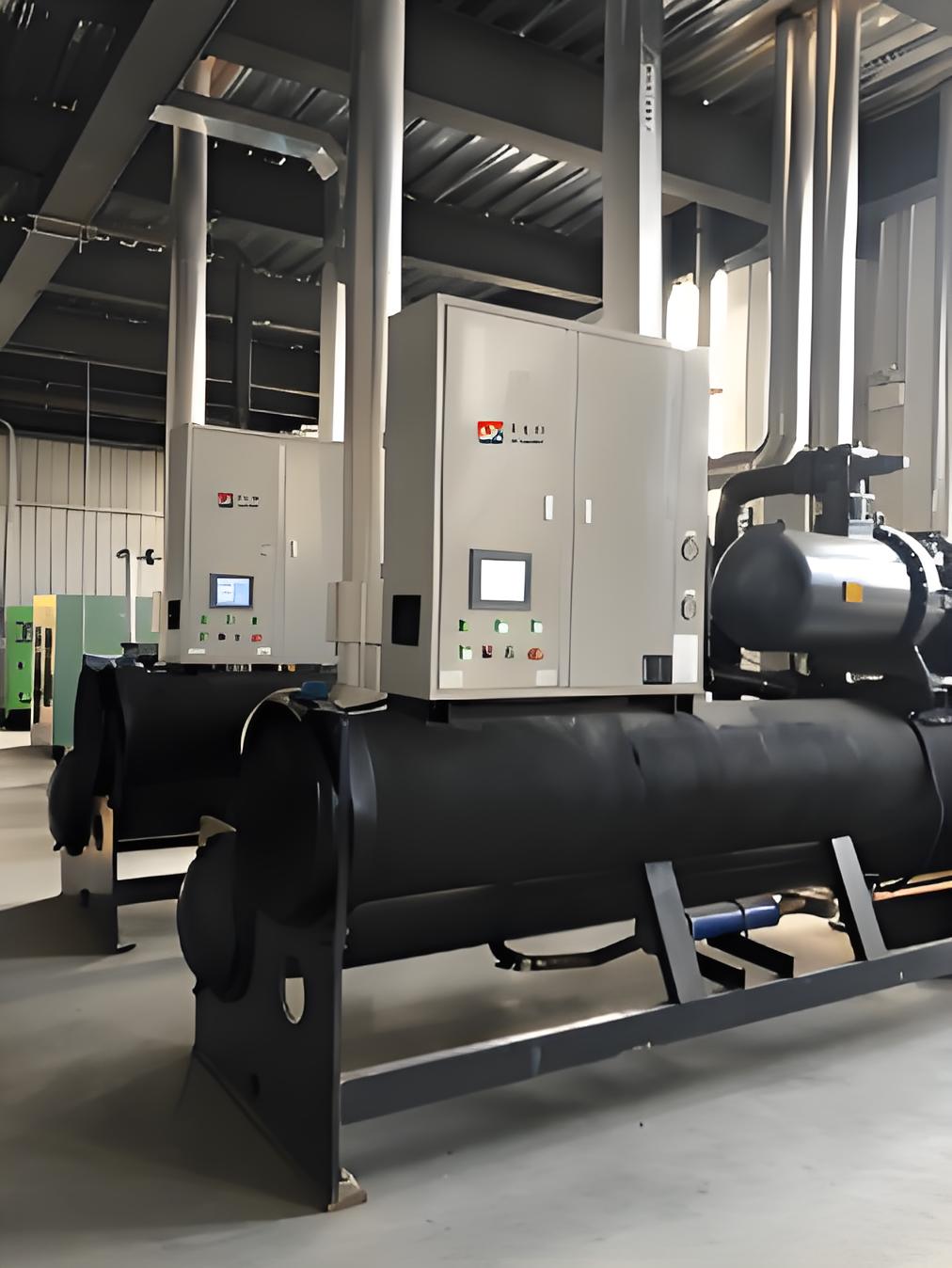
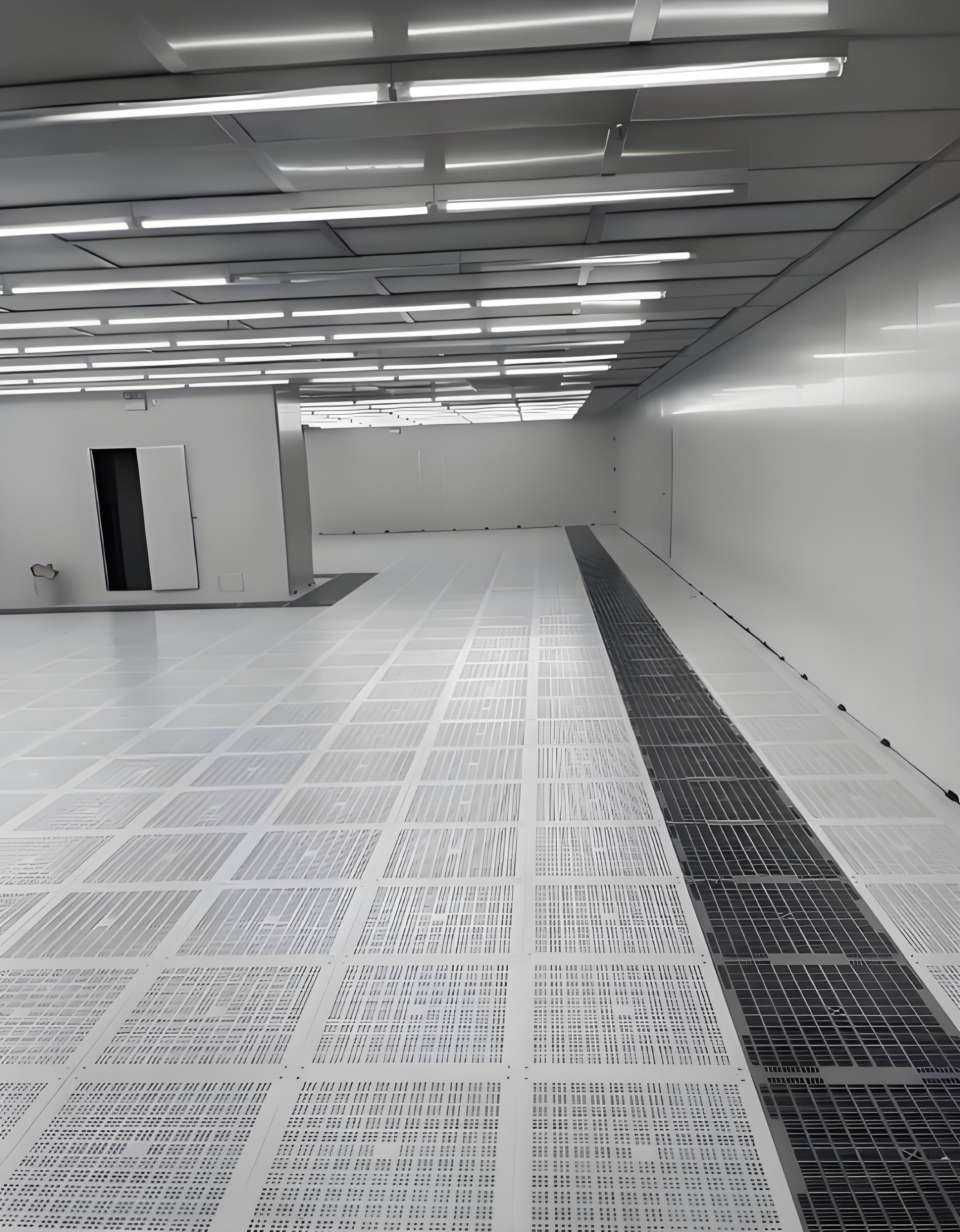

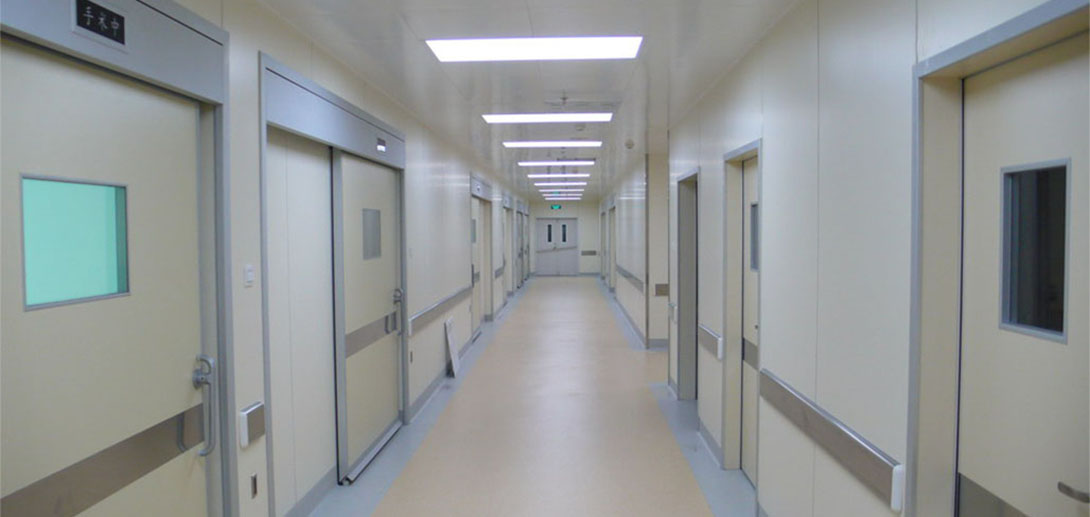
Hello everyone, today I will explain the function of the isolation panel in a cleanroom. Many people still don't know what a cleanroom is, so today we will analyze it together. Let's find out together! If your question has been resolved, please follow our website. Thank you!
1. A cleanroom is also called a sterile room, clean factory, dust-free room, etc. The sterile room is the formal term, but manufacturers and operators prefer to call it a cleanroom.
2. Simply put, a cleanroom is a very clean space, but it cannot be completely dust-free. Because dust and bacteria, if they are very small in size, will float in the air and may not significantly affect the human body, but they can greatly impact certain production processes.
3. For example, in the semiconductor industry, when the size of microparticles reaches half the size of an integrated circuit node, they become destructive particles, affecting the production of integrated circuits. Therefore, the semiconductor industry has very high requirements for cleanliness.
4. For example, in the electric vehicle industry, whether it's lithium iron phosphate batteries or ternary lithium batteries, they all need to be completed in a cleanroom. Automotive paint spraying technology also needs to be done in a cleanroom, which is one reason why repair shops and 4S stores can never meet the factory's paint standards.
5. For example, in the medical industry, only a bacteria-free, high-cleanliness, and stable temperature and humidity environment can produce products that meet standards.
6. Besides the above industries, many others also widely use cleanroom technology. Cleanrooms are also classified by level, and there are currently three common classification methods.
7. The first is the U.S. Federal Standard 209E, which the U.S. has abandoned, but China still commonly uses terms like Class 10, Class 100, Class 1,000, Class 10,000, Class 100,000, Class 300,000, etc. The smaller the value, the higher the cleanliness level.
8. The second is the latest international standard ISO14644-1, usually divided into 9 levels, with Class 1 being the highest.
9. The third is the classification standard of the World Health Organization's GMP for the pharmaceutical industry, which uses zones A, B, C, and D to distinguish cleanliness levels.
10. These three levels can be converted: ISO14644 international Class 5 is equivalent to GMP Class A and B (U.S. 209E Class 100), Class 7 is equivalent to Class C (Class 10,000), and Class 8 is equivalent to Class D (Class 100,000).
Construction method of non-woven fabric on the roof: Non-woven fabric laying method: Use manual rolling; The fabric surface must be flat and retain a suitable amount of deformation; Installation of geotextile fabrics, whether long-fiber or short-fiber, usually uses overlapping, stitching, and welding methods, with stitching and welding widths typically over 0.1m and overlapping widths over 0.2m. For geotextiles exposed to the external environment for long periods, welding or stitching is recommended.
During construction, geotextiles on geomembranes are naturally overlapped, while those above geomembranes are stitched or hot-air welded. Hot-air welding is the preferred method for connecting long-fiber geotextiles, using a hot-air gun to heat the connection points to a high temperature briefly, causing partial melting, and then applying external force to bond them firmly.
In humid weather (rain or snow), thermal connections cannot be made, so stitching is used—special sewing machines with double stitches and UV-resistant thread.
Function of non-woven fabric: In construction, non-woven fabric reinforces, filters, provides a base layer for animal burrows, drains water, serves as waterproof roofing material, and is used in railways, roads, dam protection, slopes, soundproofing, drainage gates, heat resistance, separation, drainage, etc.
Difference between non-woven fabric and dust-free fabric: Non-woven fabric, also called non-knitted fabric, is a new-generation eco-friendly material with waterproof, breathable, soft, flame-retardant, non-toxic, non-irritating, and colorful properties. If placed outdoors, it naturally degrades within 90 days; indoors, it degrades within 5 years. When burned, it produces no toxins or odors, leaving no residue, making it environmentally friendly and washable.
Made directly from high-polymer slices, short or long fibers formed into soft, breathable, flat structures through various fiber-net technologies, non-woven fabric outperforms plastic in environmental efficiency. Its natural degradation time is much shorter than plastic bags, making non-woven bags the most eco-friendly shopping option.
Dust-free fabric is woven from 100% polyester, with a soft surface suitable for sensitive surfaces, minimal lint generation, good water absorption, and cleaning efficiency. It is produced and packaged in ultra-clean rooms and can have edges finished by cold cutting, laser, or ultrasonic methods.
Ultra-fine fiber dust-free fabric typically uses laser or ultrasonic edges; dust-free wipes, ultra-fine fiber wipes use 100% continuous polyester double-knit fabric, soft and suitable for sensitive surfaces, with minimal lint and good cleaning efficiency.
Edges of dust-free fabrics are finished with advanced cutting machines, leaving no micro-particles or thread ends after cleaning, with strong dirt removal, ideal for dust-free cleanrooms.
1. Cleanroom (sterile room) levels are generally divided into Class 100,000, Class 10,000, Class 1,000, Class 100, and Class 10. The smaller the number, the higher the cleanliness.
2. Class 10 cleanrooms are mainly used in the semiconductor industry with bandwidths below 2 microns. Class 100 cleanrooms can be used in sterile pharmaceutical production, etc., and are widely applied in surgical rooms, including transplant surgeries, integrated circuit production, isolation wards, etc.
3. Control pollution sources, mainly people and items entering the cleanroom, as well as dust generated during production.
4. Personnel must shower and change clothes before entering, with attire meeting cleanliness standards; materials must be repackaged and cleaned before entry, ensuring cleanliness meets requirements, and separating personnel and material paths.
5. Workers in dust-free cleanrooms must strictly follow operating rules, keeping doors and windows closed, with buffer zones for personnel and materials, and air showers to prevent reverse airflow. Unrelated personnel are not allowed in.
6. Reference: Baidu Encyclopedia - Cleanroom Classification Standard
7. Reference: Baidu Encyclopedia - Cleanroom
This concludes the introduction to the function of the isolation panel in a cleanroom and what a cleanroom is. I hope it helps!

